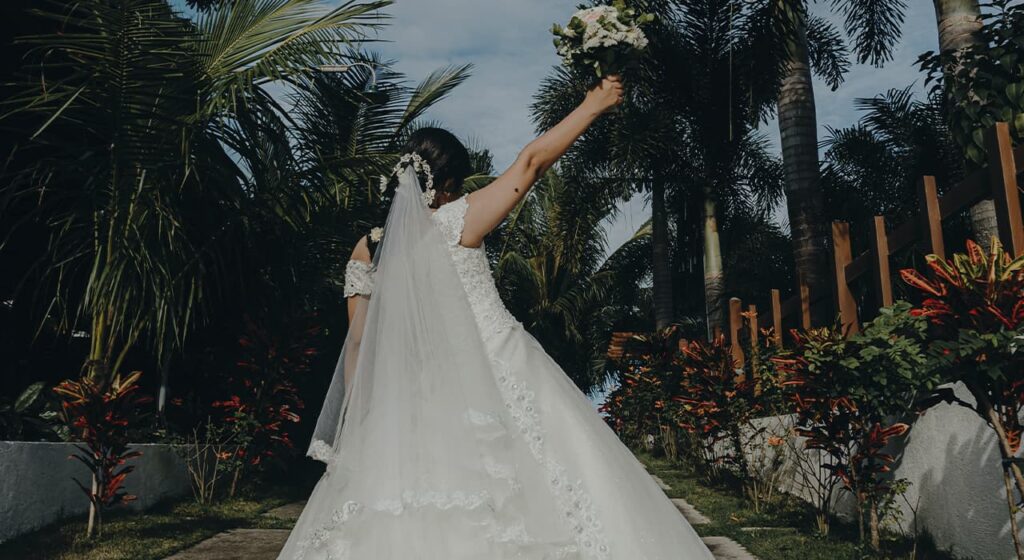In today’s world, the wedding photographer has become an integral part of the celebration. Every couple has several dozen or even hundreds of wedding photos.
Modern wedding photography combines many genres. This includes reportage, staged photography, portrait photography, object photography, and elements of landscape and architectural photography. The modern wedding photographer works in almost any genre to capture and convey the most important thing that was on the wedding day. Anyone who was not on that holiday, should, looking at the work of a wedding photographer to feel the mood, to understand what was happening, imbued with the atmosphere of the day.
Wedding photography as a genre is not a lot of years, just over a hundred and seventy. The ancestor of wedding photography in the UK.
The first wedding photo was taken during the wedding of Queen Victoria (the one who later became the “Grandmother of all Europe” and the monarch who ruled a record number of years) and Prince Albert. It happened back in 1840, and the author of this picture was Roger Fenton, the most famous wedding photographer of the XIX century.
The wedding photo of Queen Victoria and Prince Albert is a studio portrait of the newlyweds. Why a studio portrait and not, say, a reportage of the wedding ceremony? The answer is simple: at that time, due to the technical imperfection of photography, the shutter speed was not a hundredth or a thousandth of a second, as in modern cameras, but a few minutes. All this time the models had to stand or sit still for the image to come out more or less clear and not blurred. In addition, the equipment for photographing was bulky and heavy, which excluded the wedding reportage and photography directly to the celebration.
The wedding photo of the royal couple in a few days went around the world, appearing in all the major newspapers.
The wedding ceremony of Queen Victoria became the most magnificent wedding of the XIX century and marked the beginning of many modern traditions, which included not only the obligatory wedding photo.
It was after the Queen’s wedding photo was published that brides all over the world started to wear white dresses for their weddings. Similarly, the silhouette of the dress became traditional – a narrow bodice and a magnificent crinoline with a long train. It was believed that the richer the dowry, the longer the train should be for the bride.
It was Victoria who also set the fashion for the bridal bouquet. The language of flowers was very popular at the time. The smallest little thing could spoil the whole bouquet. An obligatory attribute was the blue ribbon, which was tied the bouquet of the bride. Until our days the tradition to include a sprig of myrtle into the wedding bouquet of the royal family.
The classic boutonniere of the groom also originated on this holiday. Prince Albert neglected his costume with a bunch of violets in his buttonhole and appeared at his wedding with a boutonniere for the first time in history.
At the same time, a new fashion was initiated – bridesmaids dressed in identical pastel-colored gowns.
Another tradition that has come down to us from that lavish ceremony is the wedding cake. Before Victoria, it was customary to serve a loaf for the wedding. But such a treat seemed too commonplace to the queen, and she ordered to bake a special cake decorated with cream flowers, which weighed 136 kilograms. The remnants of this cake were distributed to those guests who could not attend the wedding in elegant boxes made of cardboard and silver, which marked the beginning of another element of modern weddings: the bonbonnières. One of these boxes with a piece of royal cake is still in Buckingham Palace.
